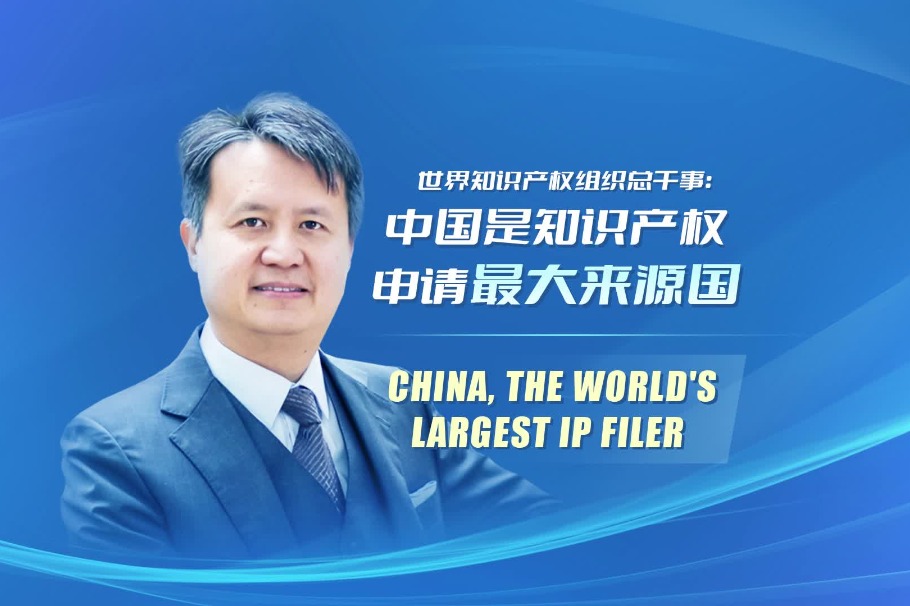Shanghai set to become global IP leader

Shanghai, China’s financial center, is aimed at growing into an international leader in intellectual property protection, thanks in large part to strong support from the municipal government.
“The IP sector of Shanghai has benefited greatly from the local government’s top-level designs, which has issued a series of policies since 2004 to prop up the city’s rapid progress in terms of invention, application, protection, administration and services of IP,” said Rui Wenbiao, deputy director of Shanghai Intellectual Property Administration, at a media gathering on July 11.
The city issued the country’s first local strategic guideline for IP in 2004, four years ahead of the national outline. In 2012, the municipal government stipulated a 10-year guideline, which put forward the goal for the first time that Shanghai will become an Asia-Pacific IP center by 2020.
On July 11, the municipal government of Shanghai held a news conference to issue 100 new measures, which cover five areas, including IP protection, to serve the nation’s call for further opening-up.
Li Qiang, Party secretary of Shanghai, pointed out at a meeting the day before that the city will intensify the legal and administrative enforcement, or “dual protections”, to severely crack down on IP infringements, according to the online news outlet The Paper.
The city’s efforts in building an innovation-friendly environment will also include improving IP protection capability in overseas markets, increasing global participation and becoming an IP protection leader at the international level, Li said.
Fifteen out of the 100 measures are related to IP rights, including a suggestion to apply punitive damages to IP infringement cases to better protect IP holders.
The new measures also urge the establishment of a technical verification system to provide professional support in the judgment of technology-related IP cases.
Chen Huizhen, a member of the judicial committee of Shanghai Intellectual Property Court who started to handle IP-related cases in 1995, said the judicial system is playing a more important role in China’s IP protection.
A traditional problem in protecting intellectual property rights is that it’s inexpensive to infringe those rights, but expensive to defend them-thus discouraging proper IP holders from taking cases to court, Chen said.
But she added that the court is actively working to resolve that issue, citing a ruling in March 2017, when an internet company in Guangzhou, South China’s Guangdong province, and its operation agent were sued for breach of copyright in the creation of an online game.
After taking the reputation of the online game and the anticipated losses from the infringement into consideration, the court ordered the defendants to pay 4 million yuan ($599,070) in damages and about 100,000 yuan in legal costs, according to Chen.
The case was selected as one of the 10 model copyright cases in Shanghai in 2017, she added.
The court was set up at the end of 2014 as a pioneer to carry out reforms in the sector, along with two other courts in Beijing and Guangzhou.
In 2017, the IP court in Shanghai handled a total of 2,030 cases, up 8.2 percent from a year earlier, and of which nearly 100 percent were settled, according to court statistics.
Technology-related cases dominated the court’s work, representing about 96 percent, of which patent cases accounted for nearly 48 percent, contractual cases on computer software development represented 28 percent while infringement cases on computer software ownership made up almost 10 percent.
“Given the importance of technology-related cases, we have developed a verification system that is composed of technical investigation, technical consultation, expert jury and technical identification, to which technical investigators are introduced,” Chen said.




